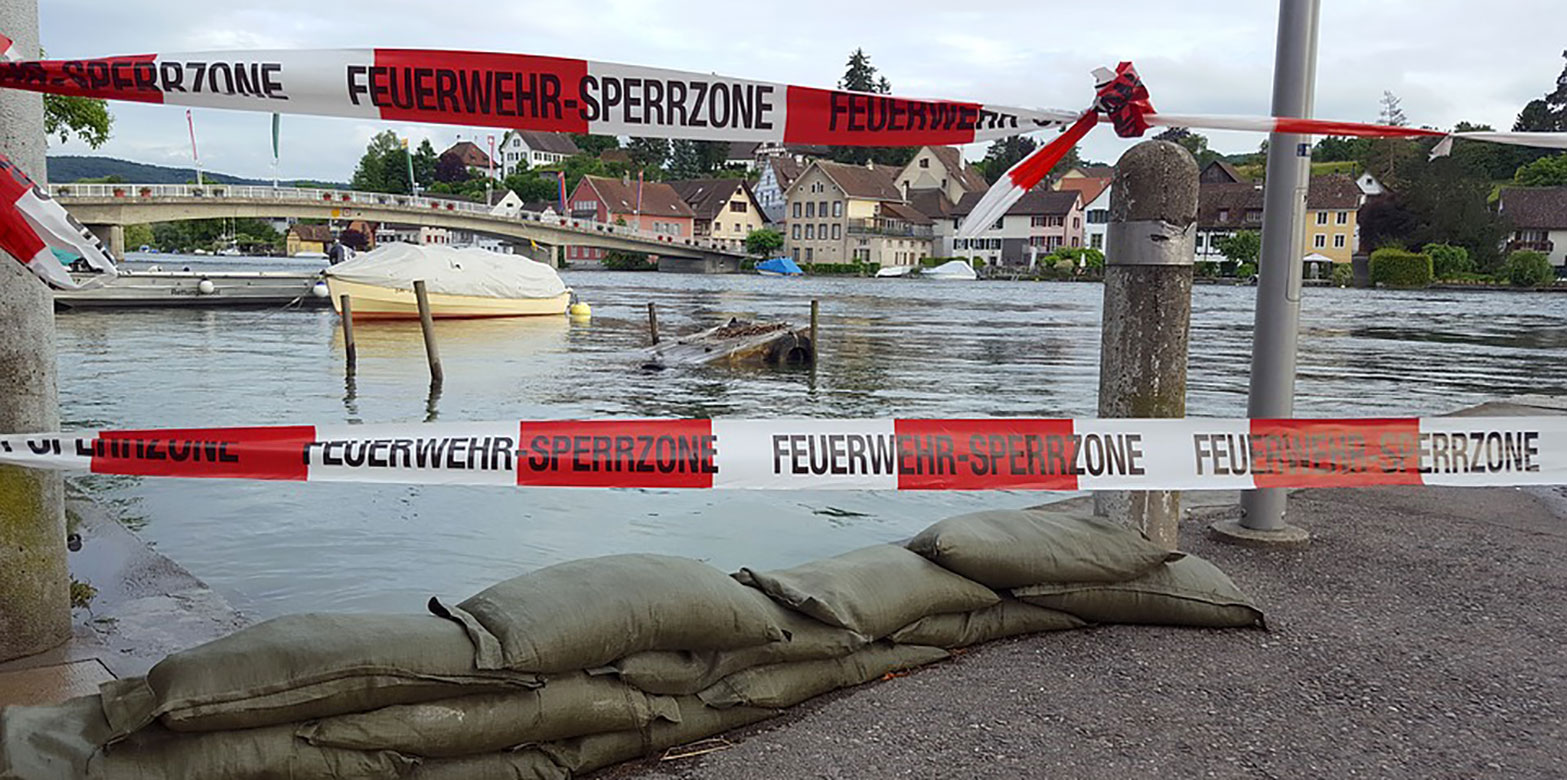Measuring Individual Disaster Preparedness
This Risk and Resilience Report by Kevin Kohler, Andrin Hauri, Florian Roth and Benjamin Scharte provides an overview of recent individual preparedness research. The report discusses a broad variety of indicators that can help to measure individual disaster preparedness and explores the data availability of these indicators for Switzerland.

Disaster preparedness consists of the knowledge and capacities to effectively anticipate, respond to and recover from the impact of natural, societal, and technological hazards. Whereas it remains the primary responsibility of public authorities to manage collective risks, the preparedness of individuals plays a crucial role in enabling societal resilience.
This Risk and Resilience Report provides an overview of recent individual preparedness research. It serves as a preliminary study that could inform the design of future disaster preparedness studies. Conceptualizing preparedness requires distinctions between generic actions that provide a baseline across a range of hazards, as well as more specific actions guided by risk monitoring and early warning. Preparedness needs to be adapted to specific contexts, including the local frequency and severity of hazards, the individual vulnerability and exposure to hazards, as well as geographical features that affect the accessibility of critical infrastructure, services and goods.
Furthermore, the study of preparedness behavior should acknowledge that actions have multiple underlying motivations, levels of preparedness differ across socio-demographic factors and there are cognitive and material barriers to preparedness. The report discusses a broad variety of indicators that can help to measure individual disaster preparedness. The most common indicator is the availability of an emergency supply kit that mitigates short-term supply gaps. Recommended items usually include food, water, medicine, energy and communication devices, as well as hygiene articles.
Other preparedness indicators include the prevalence of cash, insurance, vaccines, safety installations in buildings and access to vehicles. Preparedness also includes cognitive factors like risk knowledge, predefined strategies to coordinate communication and meetings, hazard-specific behaviors and skills, such as first aid and fire fighting training.
The report explores the data availability of these preparedness indicators for Switzerland. The Federal Statistical Office (FSO) offers typologies and sociodemographic statistics of Swiss municipalities. However, as many relevant indicators are not available at this granular level, surveys are crucial to fill in the blanks, such as those conducted by Maduz et al. (2018) and Zimmermann and Pescia (2018).
The report highlights existing gaps in the preparedness literature with regards to empirical evidence for the composition and effectiveness of emergency supply kits, as well as the specific challenges of suburban contexts.
Recommendations for future analyses include: individual preparedness actions and public communication in the early phase of the ongoing COVID-19 crisis to highlight the dynamics of disaster-related demand shocks; an evaluation of smartphones’ potential for digitizing disaster preparedness tools, such as hazard maps, flashlights, radios and language translation apps; research into the positive and negative impacts of the sharing economy on access to cars, housing and tools during disasters; and an ethnography of people that make individual disaster preparedness part of their identity and lifestyle, as well as their potential engagement for social innovation in areas such as emergency supply kits.
